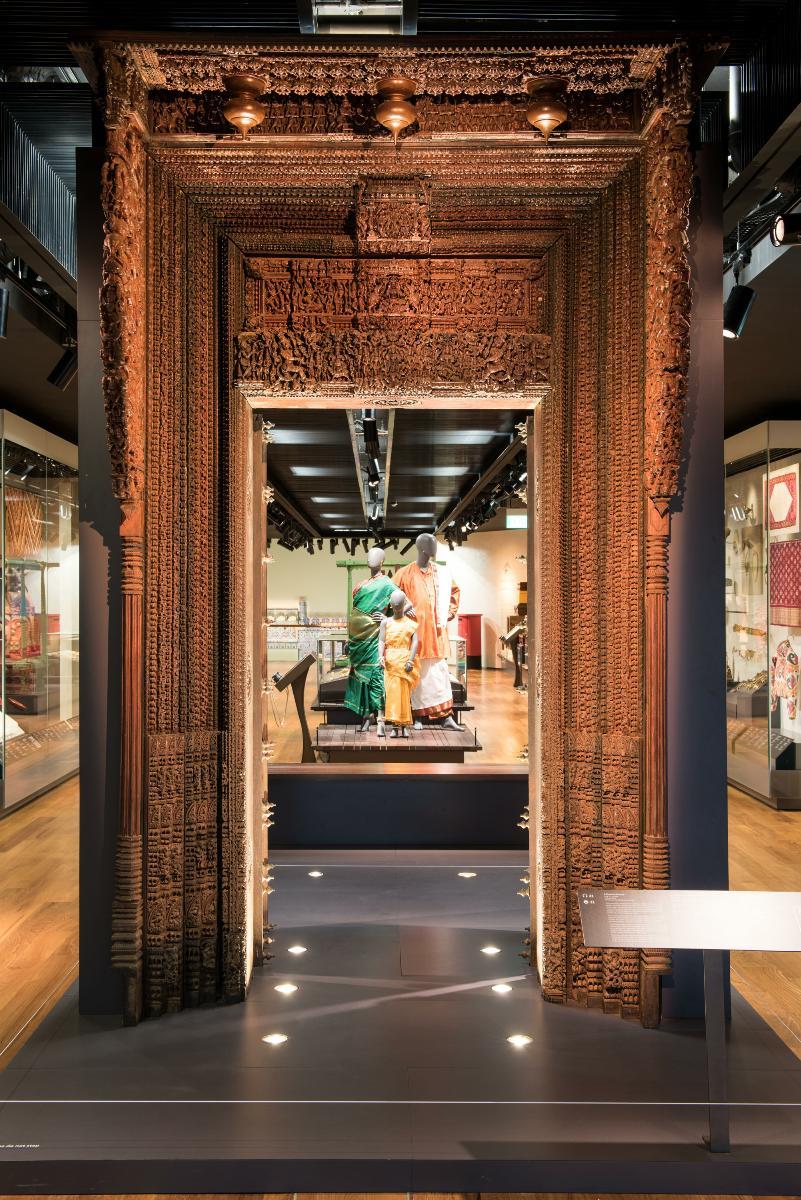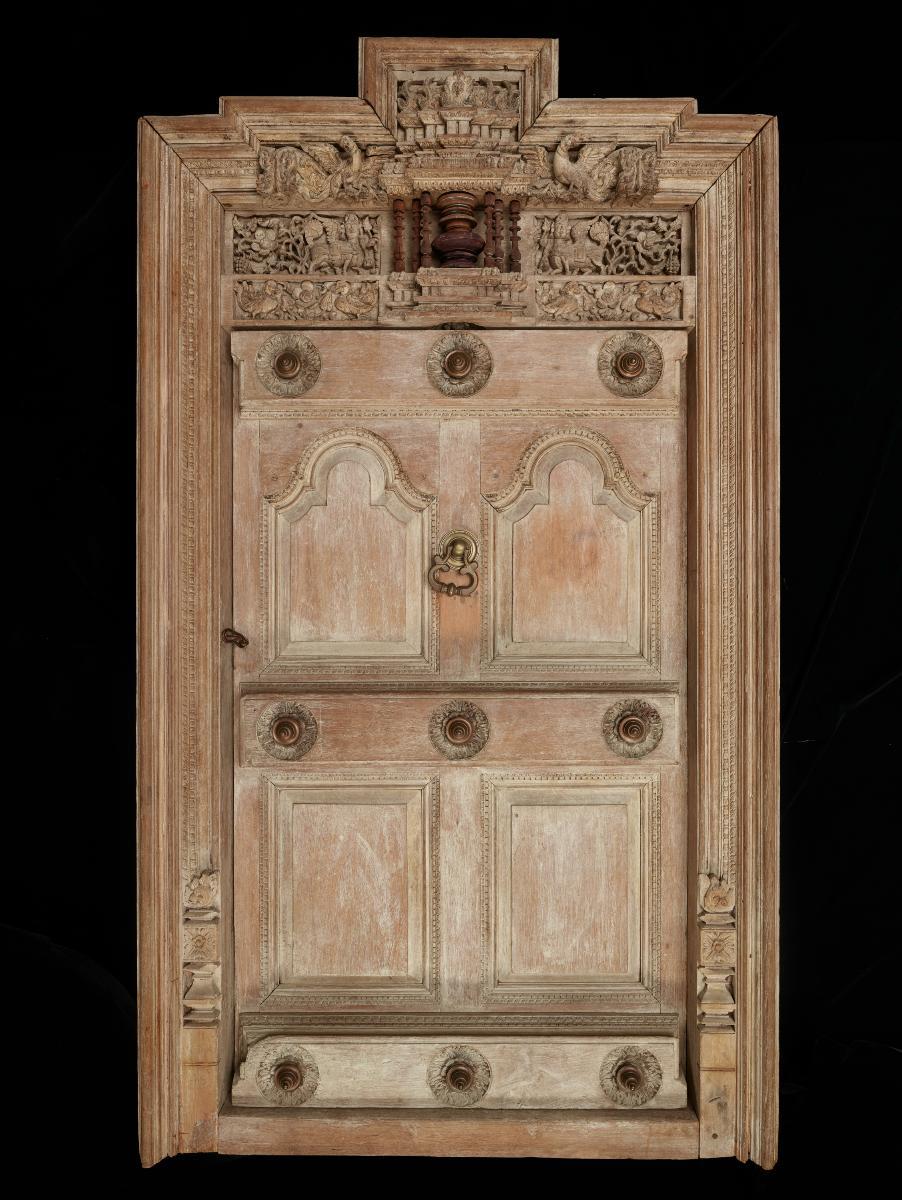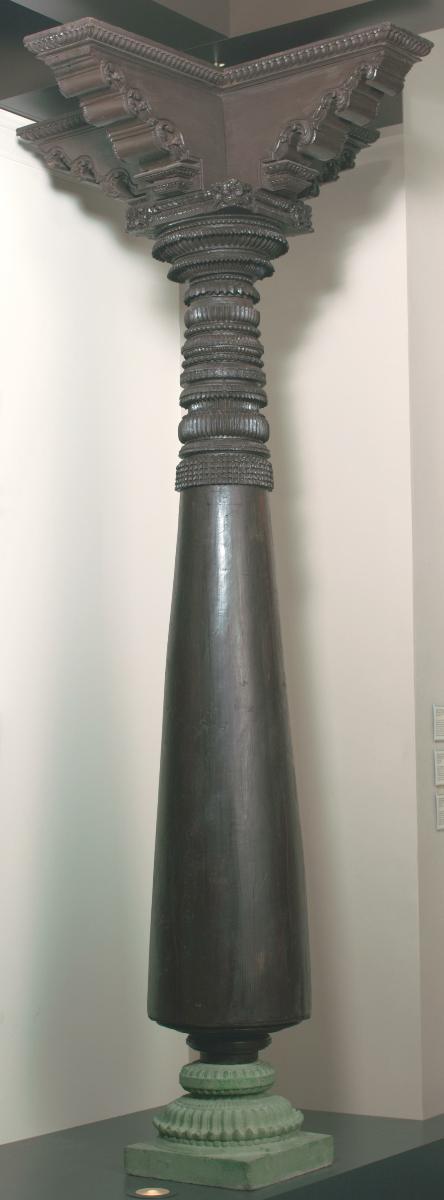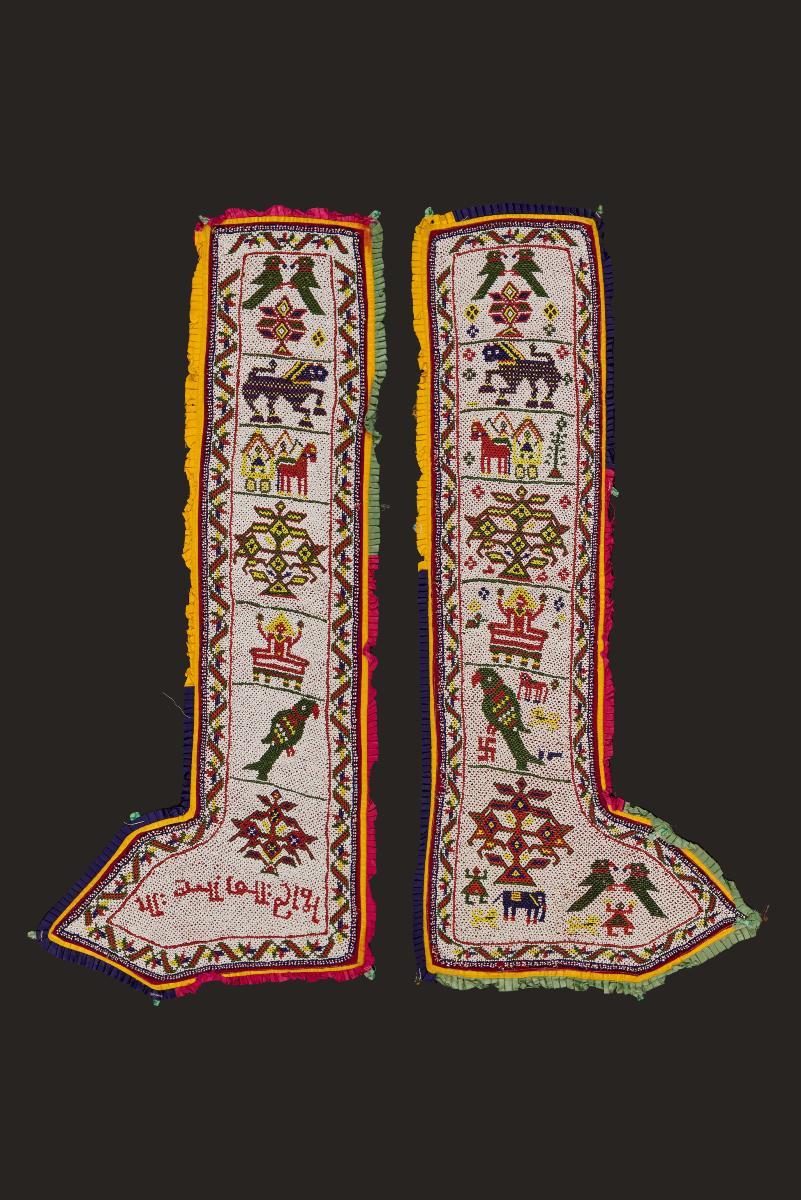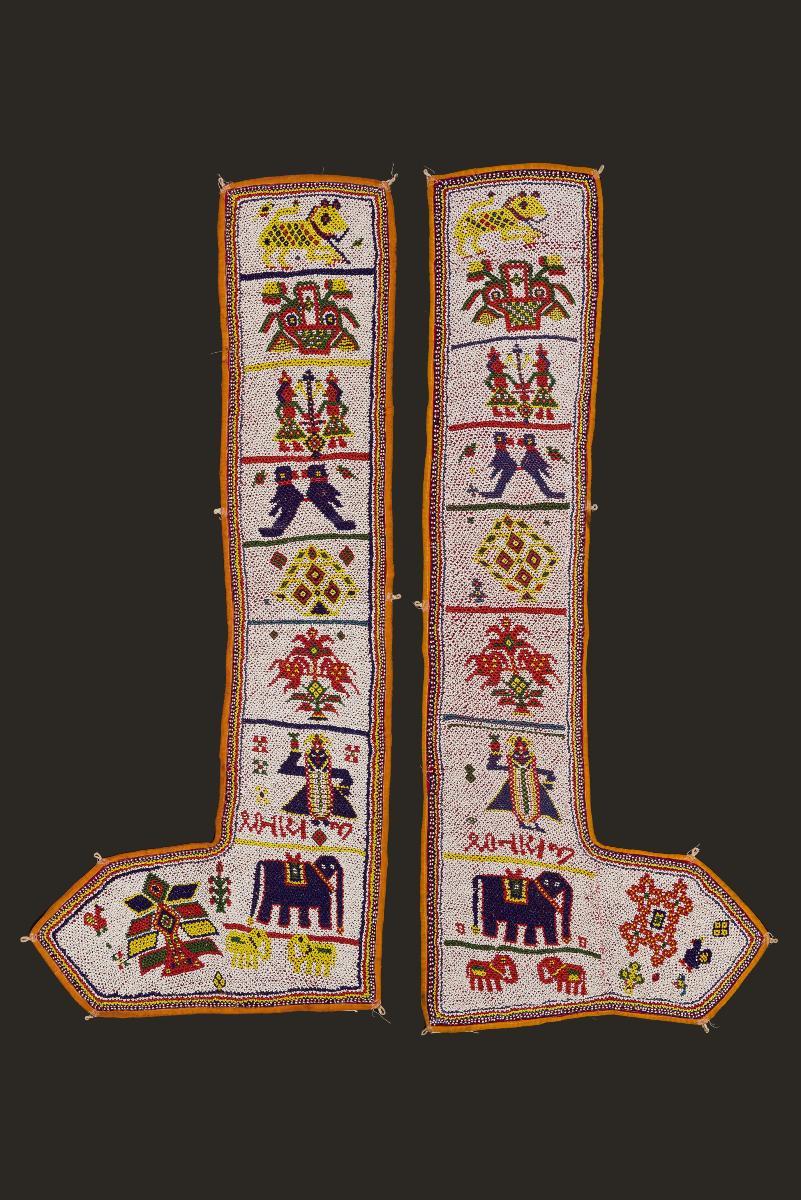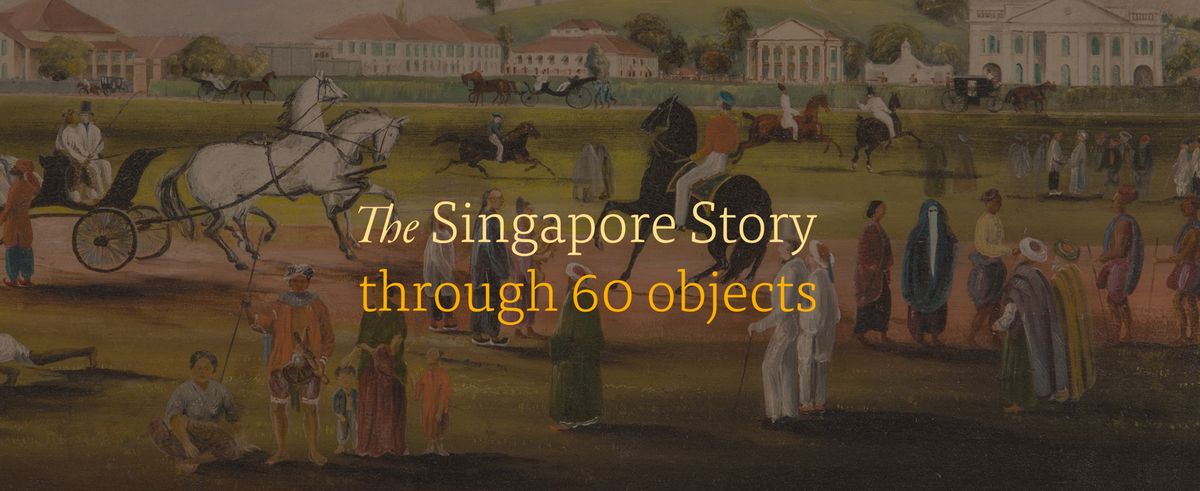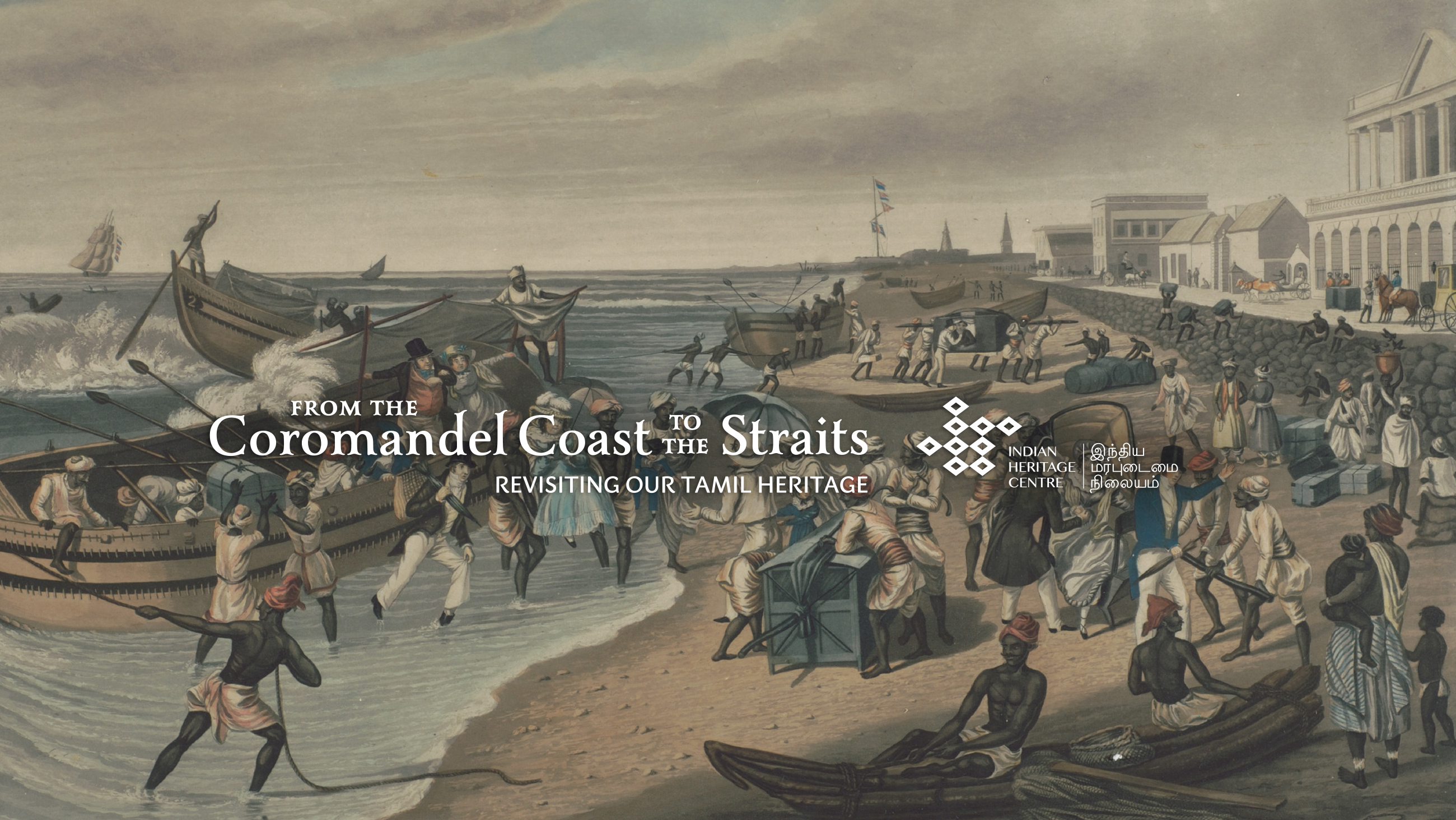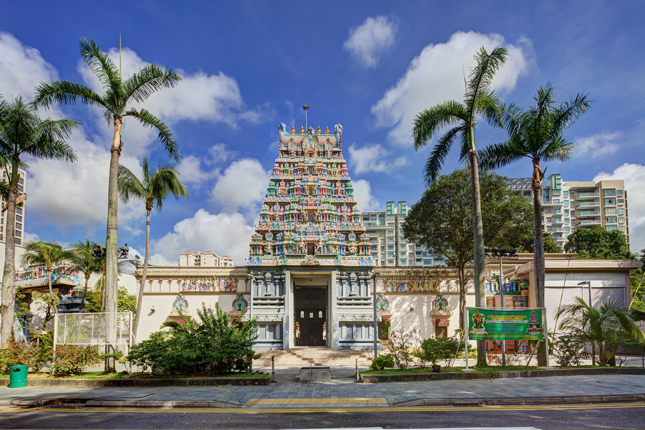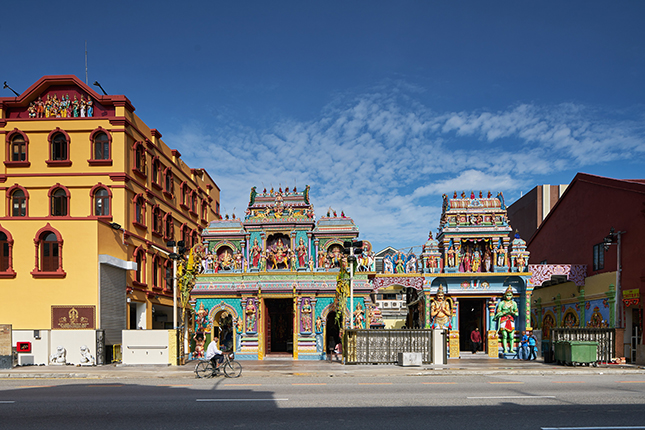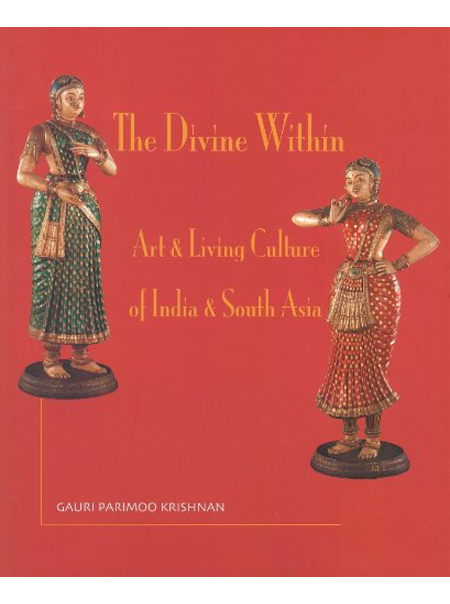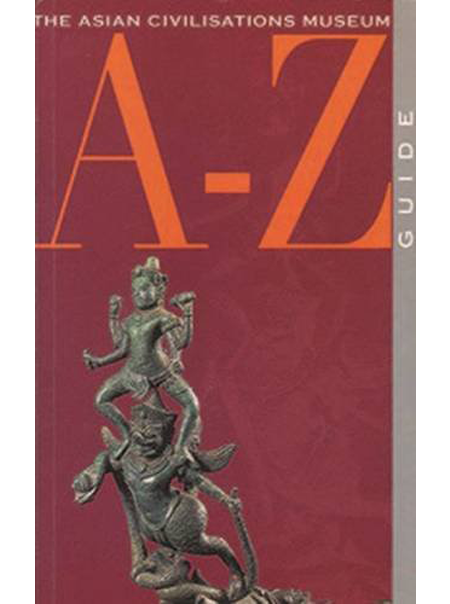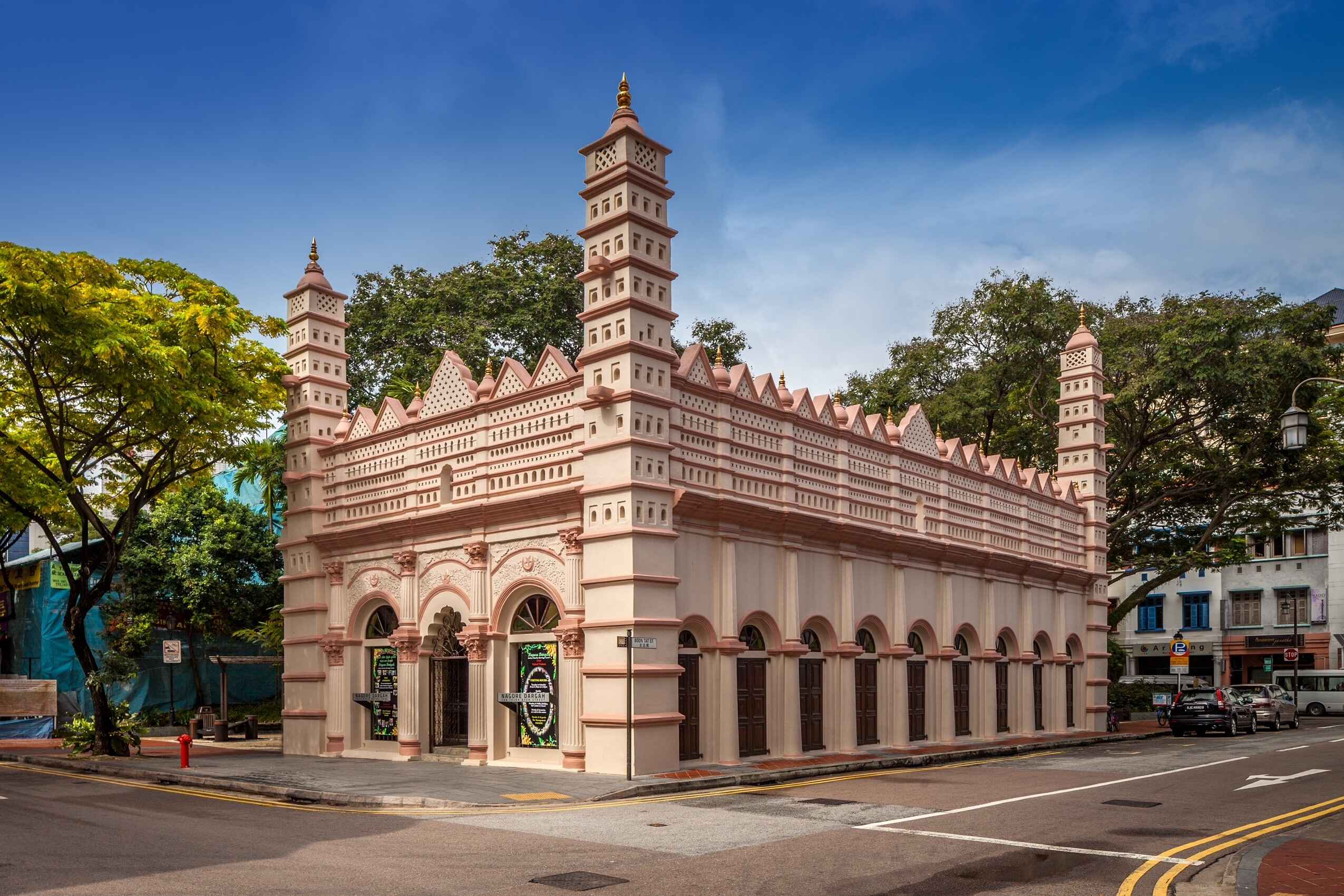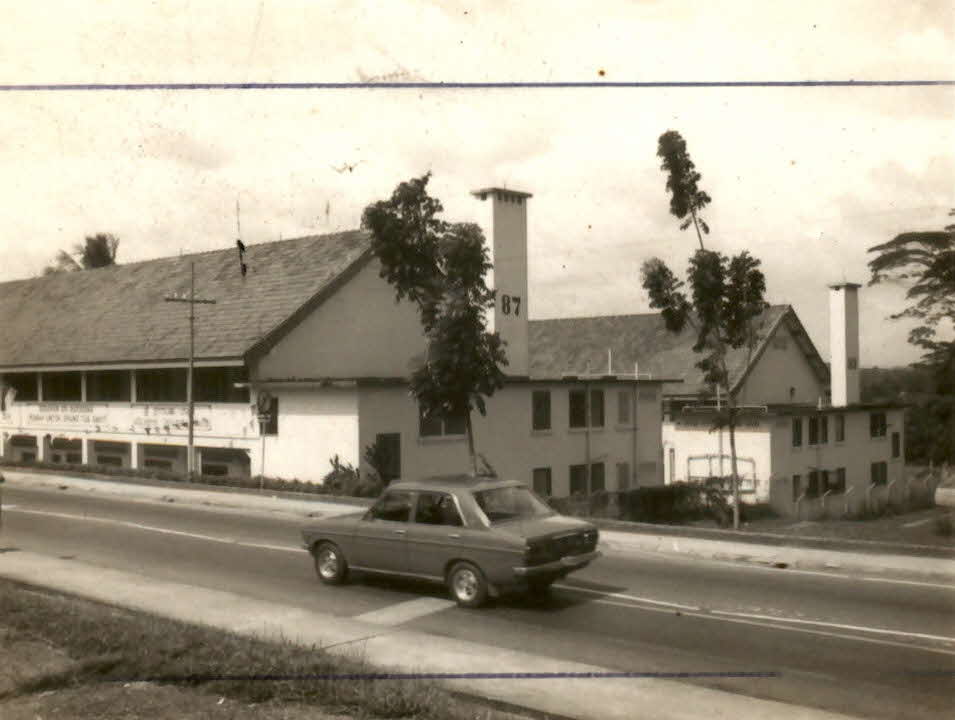The region of Chettinad in the Southern Indian state of Tamil Nadu is the region of origin of the Chettiar community of business or the Vaishya caste. The Nagarattar Chettiars are among the early Indian migrants to the Southeast Asian region with Business establishments in Vietnam, Myanmar, Malaysia and Singapore. Their migration and establishment of money lending business in Singapore-Malaya in particular are of special significance to the Indian heritage Centre (IHC). Their presence in the Straits Settlements can be traced to the early 18th century onwards.A unique feature of the Chettinad region is the palatial residences with extraordinary architecture design and layout. These are traditional vernacular domestic architectural forms with traditional and European decorative and structural features. The most magnificent of the architectural features of such homes is the front and central doorway frame, doorjambs and double doors. The wooden double doors are set in an elaborate wooden frame, awe inspiring in detail and size. The houses also bear very elaborately carved Burmese teak pillars which were carved by the local craftsmen. This is a rare example of such a doorway which is in excellent condition.The iconography, rendering style and artistic expression of the Chettinad doorway are testimony to the influence of Nayaka religious art and architecture on the Chettinad region and its artisans. For instance, a well known Nayaka motif is the rider on a springing horse intertwined with carvings of flora and fauna including the mythical creature – the yali. The carvings on the doorframe are in close resemblance to mural paintings of the Nayaka palaces. Furthermore, the doors are also similar to temple doors as seen in Karnataka and other parts of southern India.This doorway bears an impressive total of 5000 carved figures. The figure of Gajalakshmi occupies a central position in the carved doorframe; in keeping with popular tradition. Other oft repeated motifs such as that of Vishnu on Garuda as well as Rama with Lakhsmana and Sita are also found in this doorway.Such central doorways, scholars note, are embellished with religious iconography, marking the threshold through which the family member or visitor passes from the exterior unprotected space into the perceived sacred public space of the patriarchal lineage of the house.




